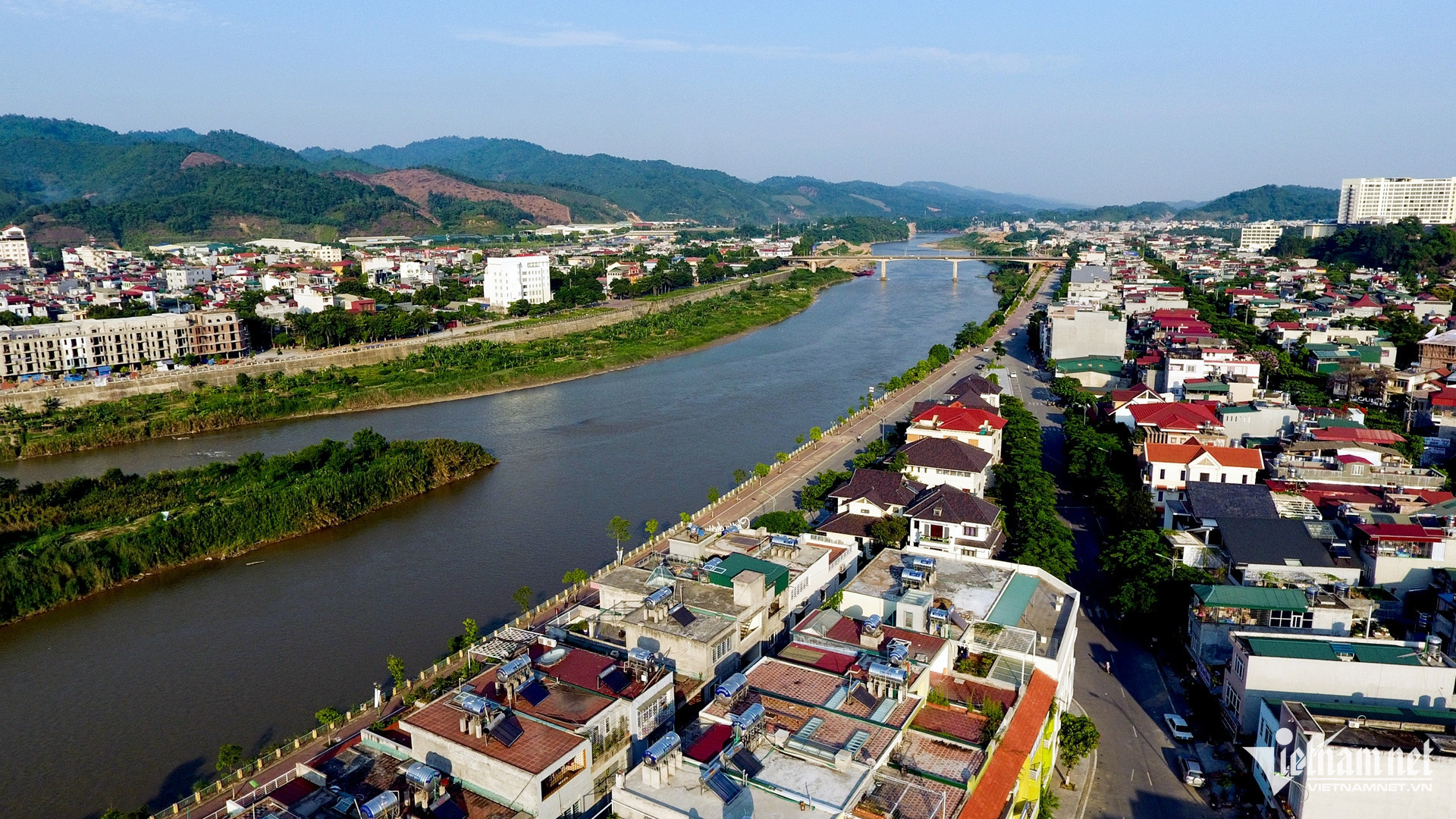
According to the draft Resolution of the National Assembly's Standing Committee on the reorganization of administrative units based on criteria such as natural area, population size, and cultural history, it is expected that 11 provincial-level administrative units (AUs) nationwide will remain unchanged: Hanoi, Hue, Lai Chau, Dien Bien, Son La, Cao Bang, Lang Son, Quang Ninh, Thanh Hoa, Nghe An, and Ha Tinh.
The remaining 52 provincial-level AUs are subject to reorganization, including four cities (Hai Phong, HCM City, Da Nang, Can Tho) and 48 provinces, including Ha Nam, Hung Yen, Vinh Phuc, Bac Ninh, Thai Binh, Hai Duong, Nam Dinh, Ninh Binh, Bac Kan, Thai Nguyen, Phu Tho, Bac Giang, Hoa Binh, Tuyen Quang, Lao Cai, Yen Bai, Ha Giang, Ninh Thuan, Quang Tri, Phu Yen, Quang Binh, Quang Ngai, Khanh Hoa, Dak Nong, Tay Ninh, Binh Duong, Binh Thuan, Binh Phuoc, Ba Ria - Vung Tau, Ben Tre, Bac Lieu, Vinh Long, Hau Giang, Tra Vinh, Tien Giang, Soc Trang, Dong Thap, An Giang, Long An, Ca Mau, Quang Nam, Binh Dinh, Dak Lak, Dong Nai, Gia Lai, Kon Tum, Lam Dong, and Kien Giang.
Coastal provinces and cities include: five out of 18 in the North, 14 out of 15 in the Central region, and nine out of 19 in the South.
Centrally governed cities slated for merger include HCM City, Hai Phong, Da Nang, and Can Tho.
Northern Region
Of the 18 northern provinces, three are in the Northwest region, six in the Northeast region, and nine provinces and cities in the Red River Delta.
Northwest Region
The Northwest region includes the provinces of Hoa Binh, Son La, Dien Bien, Lai Chau, Yen Bai, and Lao Cai, with three provinces slated for merger: Lao Cai, Yen Bai, and Hoa Binh.
The geographical features of the Northwest are predominantly hilly and mountainous, with high ranges like Hoang Lien Son. Between the mountain ranges are valleys and the Da River trough, creating majestic natural landscapes.
The economy of this region relies mainly on agriculture, with crops such as rice, corn, and cassava. Additionally, the Northwest has potential for hydropower thanks to the Da River system and other major rivers. Ecotourism and cultural tourism are also being prioritized, leveraging the natural scenery and the cultural diversity of ethnic minorities.
The culture of the Northwest is very rich, with the presence of many ethnic groups such as Kinh, Thai, H’Mong, Tay, Nung, Muong, and Kho Mu.
Among the six Northwest provinces, Lao Cai shares a border with Yunnan Province (China), with a border of about 182km.
In terms of socio-economic development, Lao Cai has consistently ranked among the top provinces in the Provincial Competitiveness Index in recent years. In 2011, Lao Cai ranked first out of 63 provinces and cities.
Currently, LaoCai is heavily developing tourism, with many destinations loved by both domestic and international visitors.
Northeast Region
Of the nine Northeast provinces, six are slated for merger: Ha Giang, Bac Kan, Tuyen Quang, Thai Nguyen, Phu Tho, and Bac Giang.
The total area of the Northeast region is about 56,610 square kilometers accounting for 8.9 percent of the country’s area. The population is over 9.5 million, making up 9.46 percent of the national population.
The Northeast region’s geography features high mountain ranges like Hoang Lien Son, Bac Son Arc, and Dong Trieu Arc. Between these ranges are small valleys and plains, creating diverse terrain.
The economy of the Northeast relies mainly on agriculture, with key crops like rice, corn, cassava, as well as tea, fruit trees, and vegetables. Livestock and poultry farming are also developed here. The mining industry, including coal, iron, copper, and zinc, contributes to the local economy. Ecotourism and cultural tourism thrive thanks to natural landscapes and historical-cultural relics.
Among the 6 Northeast provinces slated for merger, Thai Nguyen is one of the provinces and cities that balances its budget and leads the region in revenue collection. It is also the only province in the northern midland and mountainous region to rank in the top 10 provinces and cities with the highest per capita GNI in the country in 2020 (at $12,960).
Red River Delta
The Red River Delta encompasses 12 provinces and cities, with those slated for merger including: Hai Phong, Hai Duong, Hung Yen, Thai Binh, Nam Dinh, Ninh Binh, Ha Nam, Vinh Phuc, and Bac Ninh.
The total area of the Red River Delta is about 15,000km², with a population of 21.85 million (in 2021), accounting for 22.3 percent of the national population and having the highest population density in the country.
The Red River Delta is a fertile delta, enriched by sediment from the Red River and Thai Binh River systems. The region has a dense network of rivers, facilitating waterway transportation. It also has a long coastline with key ports like Hai Phong and Cai Lan.
The economy of the Red River Delta is highly developed, with a prosperous agricultural sector, especially wet rice farming. Processing industries, consumer goods production, electronics, and mechanics are also thriving. Hai Phong serves as a major port hub.
Nguyen Thao